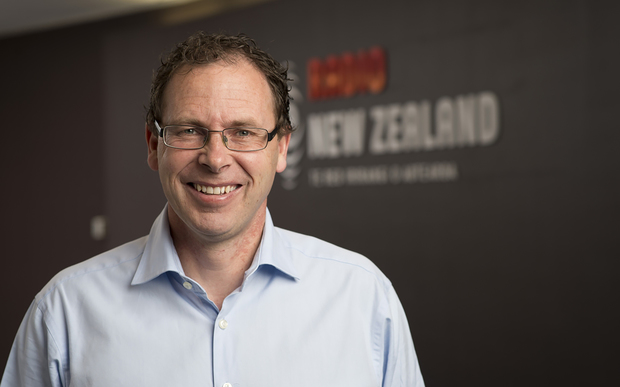100 years of radio in New Zealand and the modern landscape

On 17 November 1921, Professor Jack made the first broadcast in New Zealand from the University of Otago which started the audio movement in the country.
One hundred years on and radio in New Zealand is adapting to the changing landscape of consumption by looking for new methods of delivery.
In 2013, Radio New Zealand’s chief executive, Paul Thompson, said radio was a “medium in decline,” but has since come to terms with the idea that radio isn’t in decline, but audio is diversifying.
“Radio’s always been a live medium – it has that advantage because a lot of digital media is live. Perhaps it’s less about the future of radio and more about the future of audio. Things like streaming and podcasts and time shifted listening are becoming huge and it’s going to get bigger and bigger and terrestrial radio delivery may become less important over time,” Thompson told RNZ.
“What tends to happen is that people add things to their media repertoire and keep doing some of the older things but also look to do newer things as well. That’s where radio is at the moment I think.”
The changing landscape means that more people are now listening to audio when it suits them instead of listening live.
People are now streaming music and podcasts, and radio is diversifying content to meet changing needs rather than being a medium in decline.
“I can’t see that the power of radio which is around that intimate connection through your ears and being able to multi-task while you listen to great content, great programming, is going to change but the means of delivery certainly will shift.”
Paul commented on radio being in decline in 2013, at a time when it looked like the radio industry was under threat, but really the changing landscape had not been fully recognised.
It was at a time when on-demand audio, podcasts and video content were beginning to dominate, and made radio adjust its angle.
“Radio has still got that ubiquitous power… We’ve got to be able to do both. We’re still investing in AM infrastructure and that’s nearly 100 years old, that technology, and we support a lot of the wider radio industries’ AM services by hosting their transmission and we’ve also still got to be able to invest in digital delivery and apps and those customised and personalised services,” said Paul Thompson.


